Call for manuscripts—Mitochondria in Health and Disease Issue
Submission Deadline: June 1, 2026
Publication Date: September 2026
The Yale Journal of Biology and Medicine (YJBM) will be publishing an issue devoted to the topic of mitochondria…
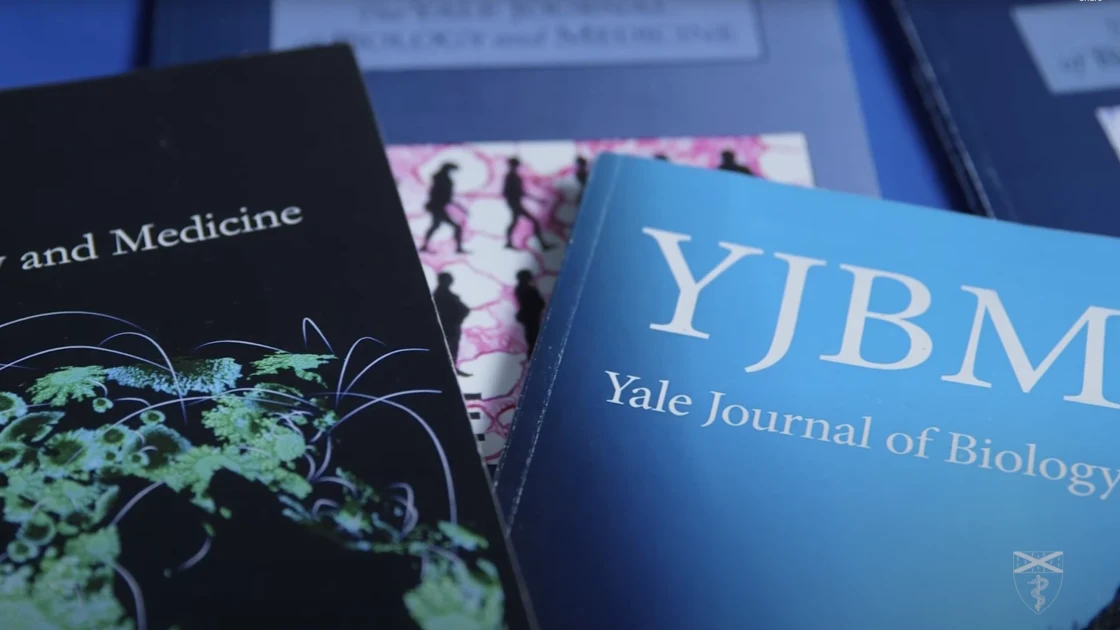
Call for manuscripts—Mitochondria in Health and Disease Issue
Submission Deadline: June 1, 2026
Publication Date: September 2026
The Yale Journal of Biology and Medicine (YJBM) will be publishing an issue devoted to the topic of mitochondria…

By Amit Angal, Senior Engineer at Goddard Space Flight Center
The Landsat Calibration and Validation (Cal/Val) group helps uphold Landsat’s reputation as the gold standard of satellite imagery. They ensure that the Operational Land Imager…
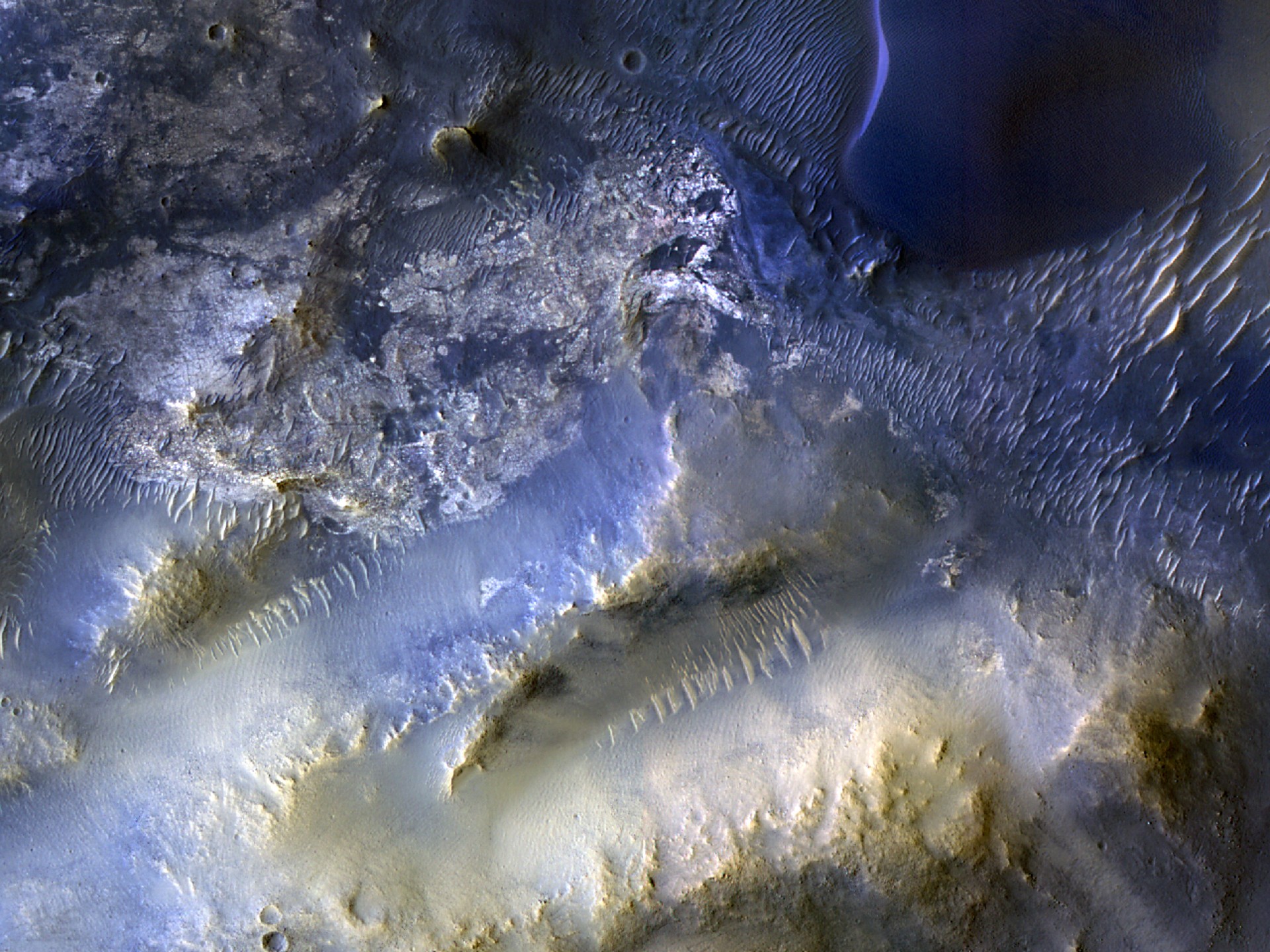
“Rapid data releases, as well as imaging targets suggested by the broader science community and public, have been a hallmark of HiRISE,” said the camera’s principal investigator, Shane Byrne of the University of Arizona in Tucson. “One…

Last year, the Shredder made its debut as Hunt’s first ricocheting sawblade weapon, and along with it came plenty of chaos and destruction! The Shredder is one of the special Scarce Weapons we have brought back with Post Malone’s…
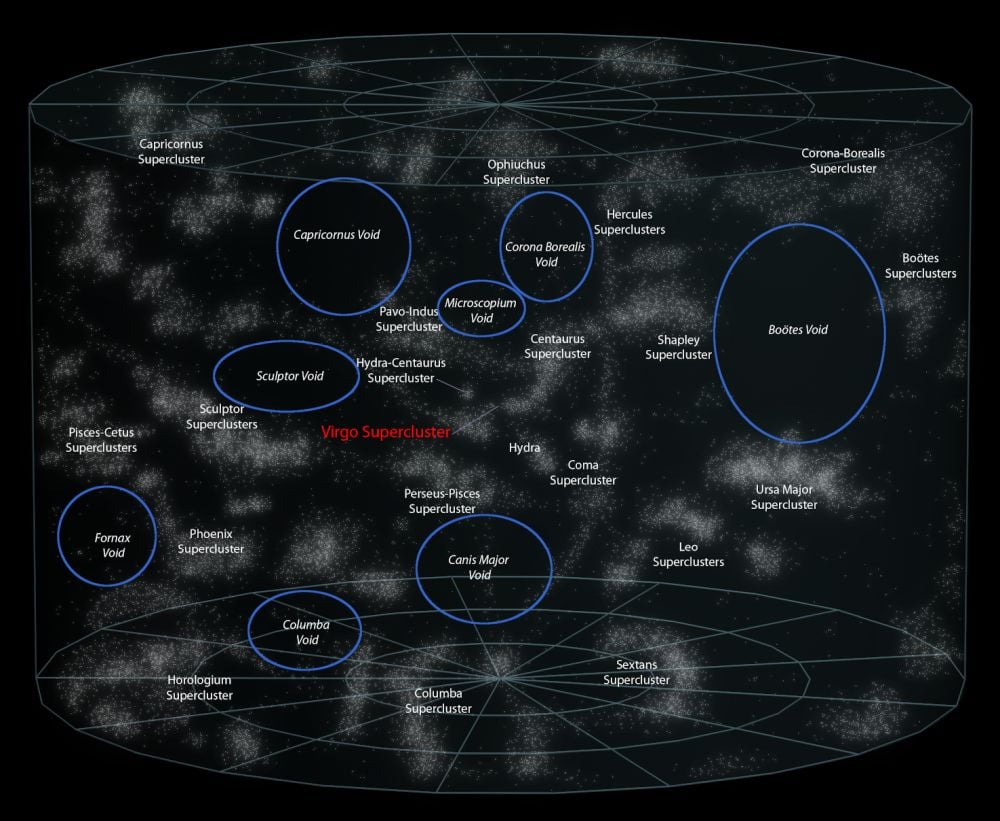
The cosmos is populated with many puzzling, gigantic, and awe-inspiring objects. Supermassive black holes billions of times more massive than the Sun reside in the center of massive galaxies. Huge stars explode in cataclysmic collisions…
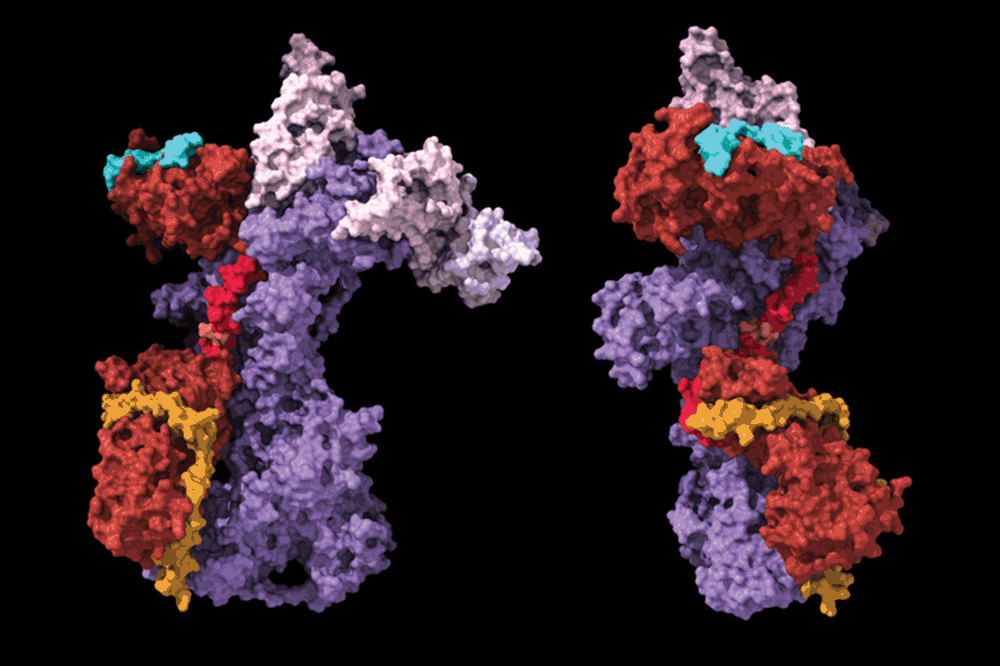
Ryan Notti (left) and Thomas Walz (right) discovered new characteristics of a T cell receptor that are essential to a variety of cutting-edge T cell immunotherapies.
Adoptive T cell therapies—in which T cells are re-engineered outside…
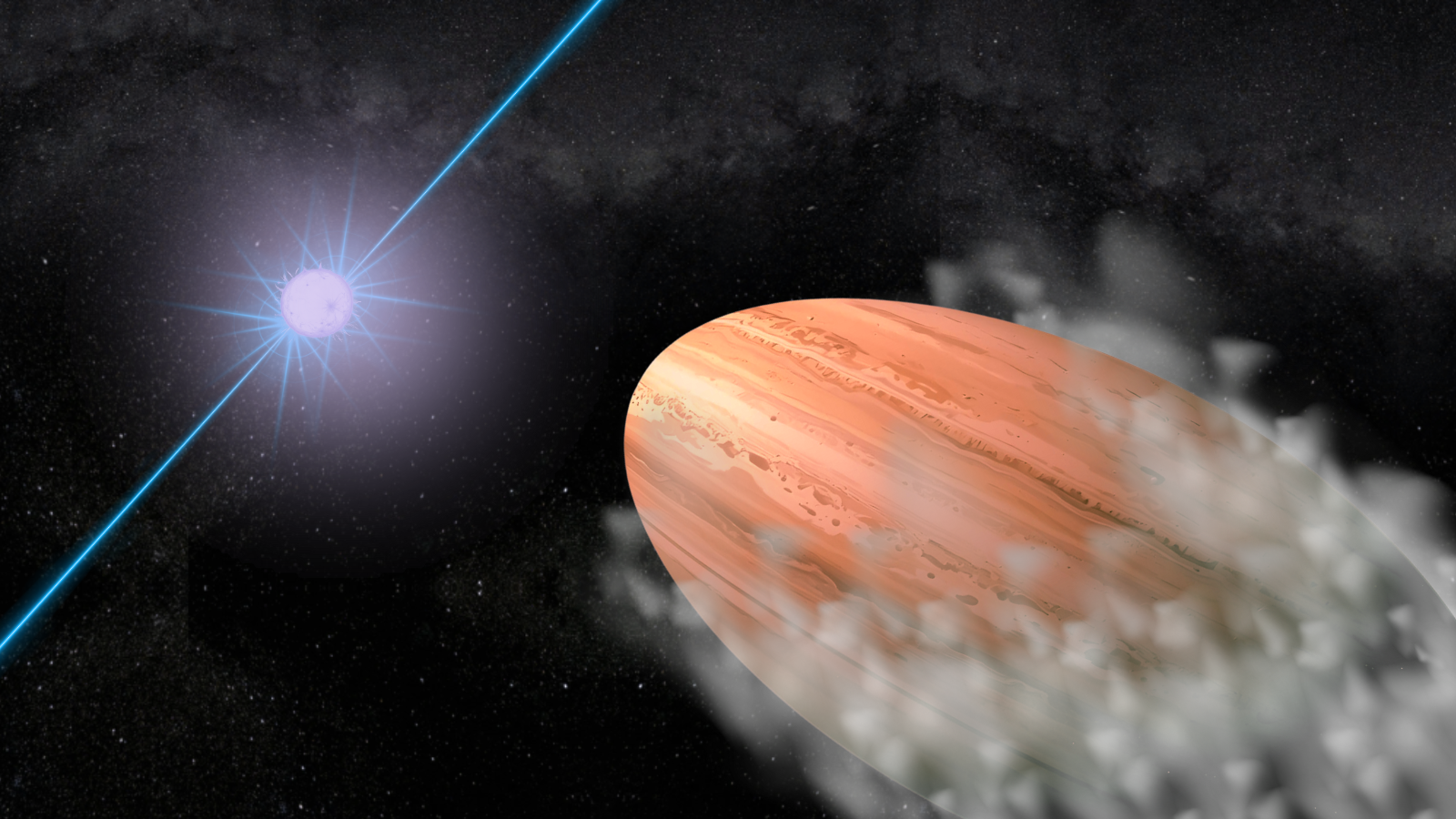
Since astronomers discovered the first world outside the solar system in the mid-1990s, these extra-solar planets or “exoplanets” have astounded us with their strange characteristics.
A new discovery, made using the James Webb Space Telescope…
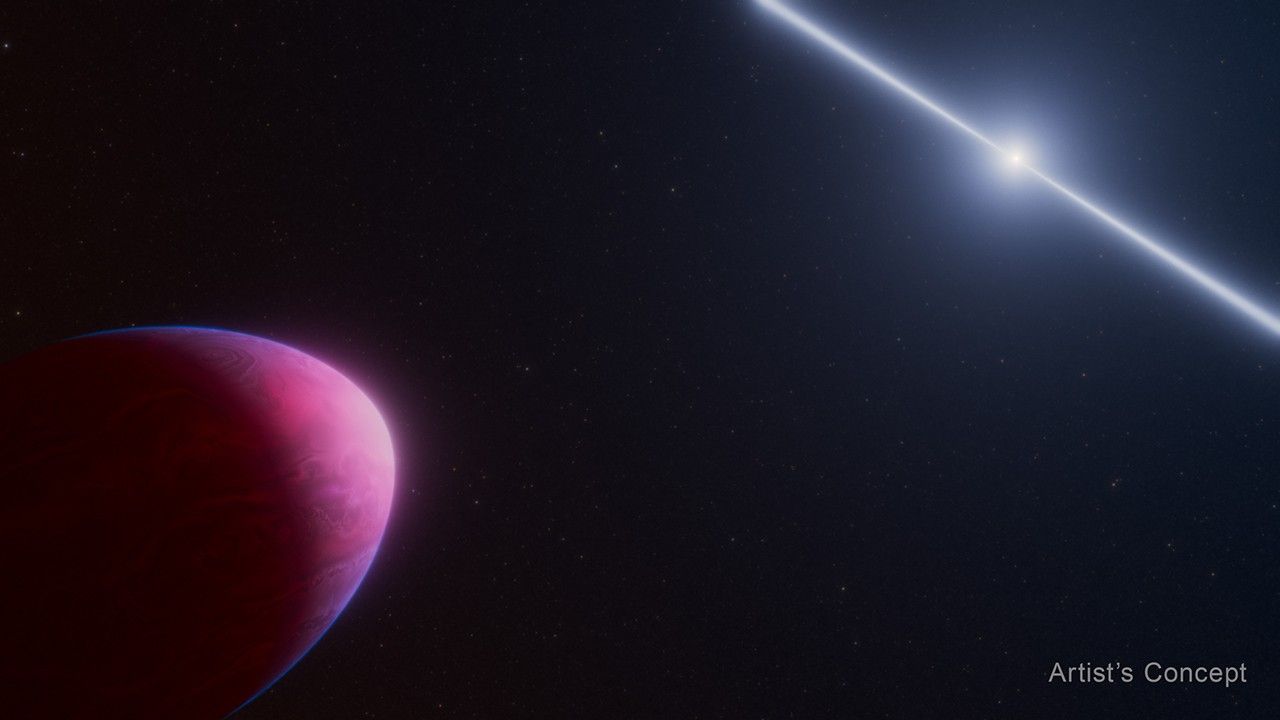
Scientists using NASA’s James Webb Space Telescope have observed a rare type of exoplanet, or planet outside our solar system, whose atmospheric composition challenges our understanding of how it formed.
Officially named PSR…
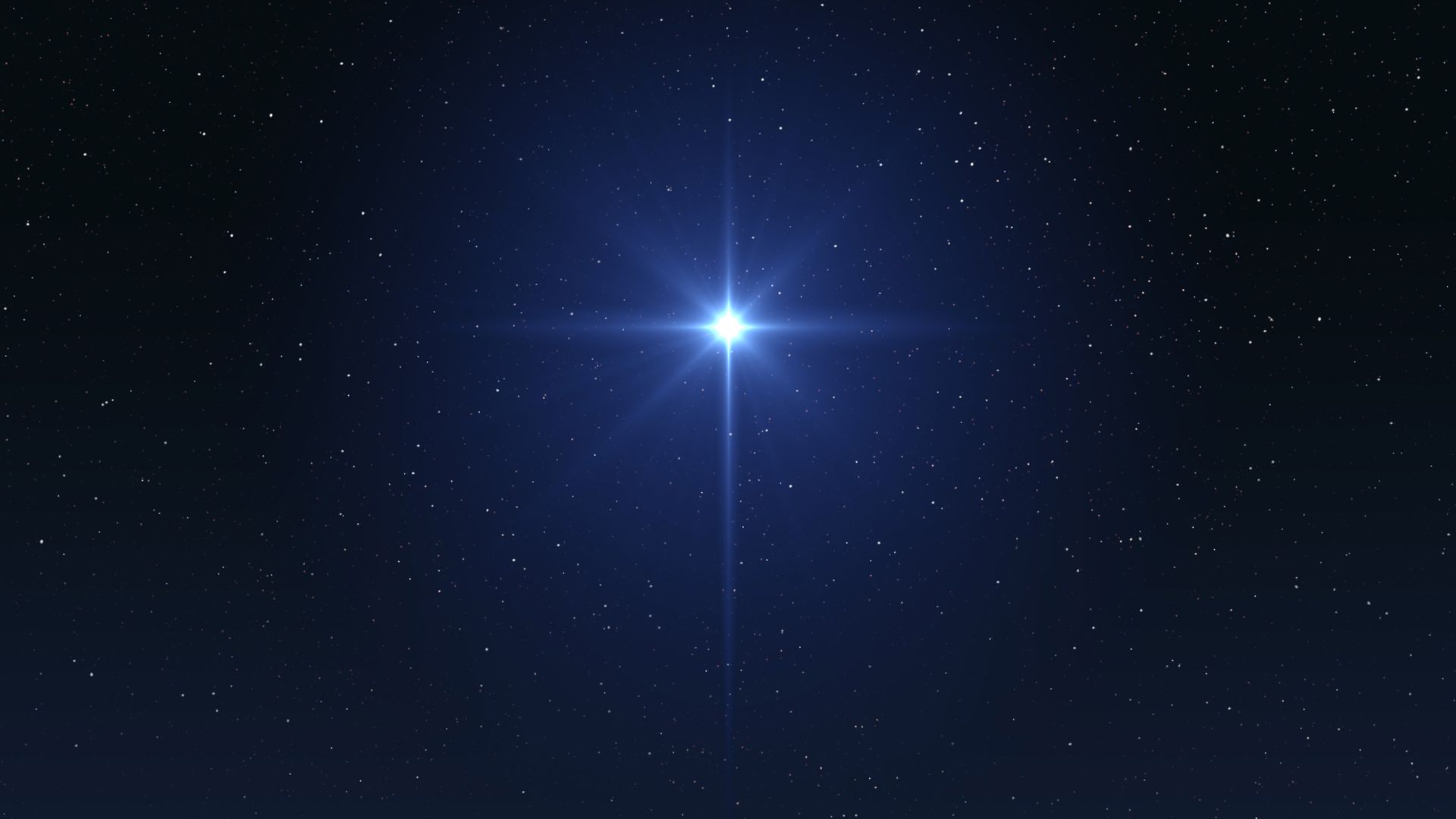
Could the Star of Bethlehem, which guided the ‘three wise men’ to the infant Jesus in the Christian Bible, have been a comet that came as close to the Earth as the moon?
That’s the remarkable hypothesis from Mark Matney, a planetary scientist in…
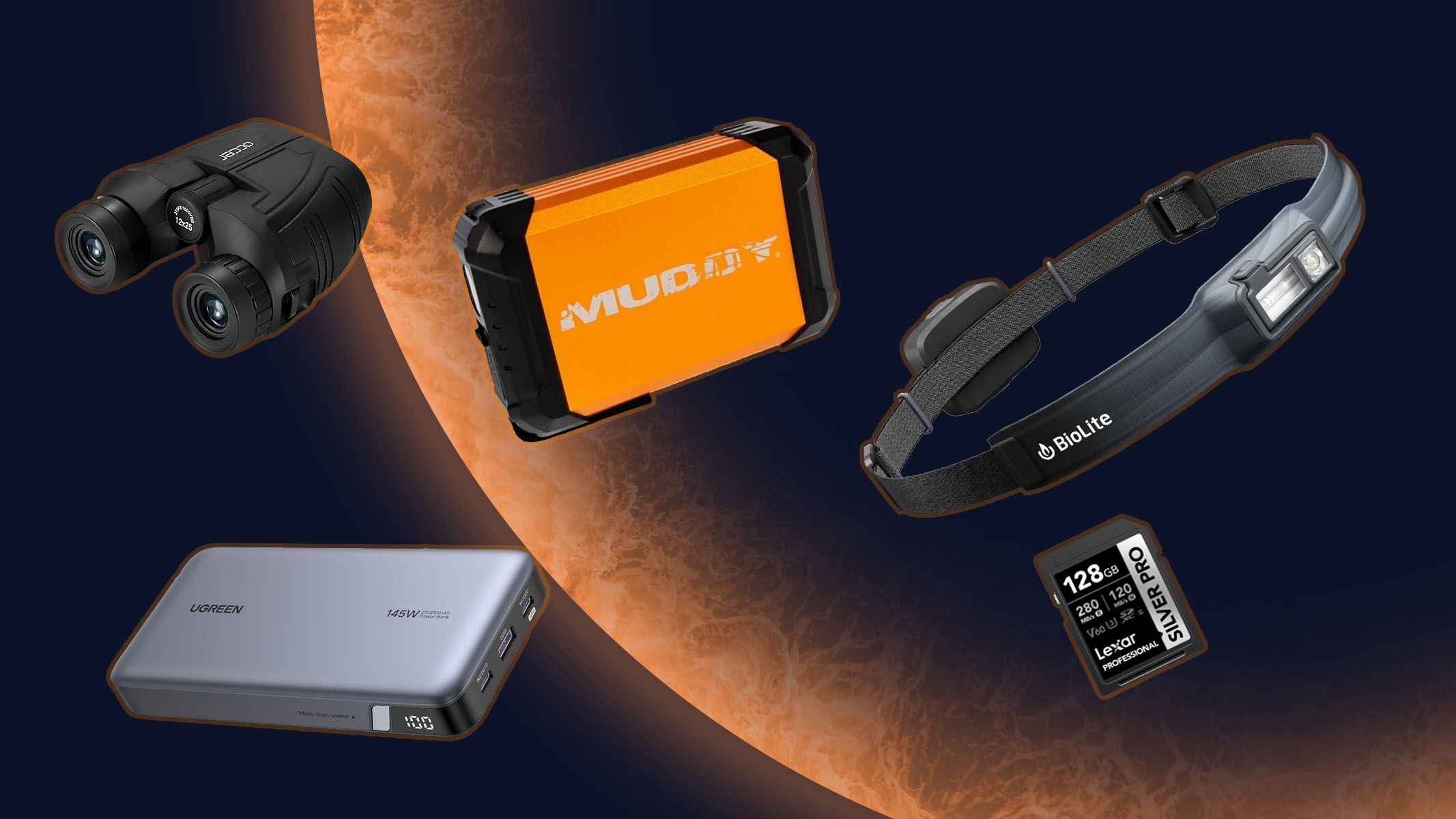
Shopping for space enthusiasts isn’t easy, especially if they’ve already got a solid stargazing setup. Maybe they’ve spent thousands of dollars on one of the best telescopes or best cameras for astrophotography, ready to snap Sirius this…